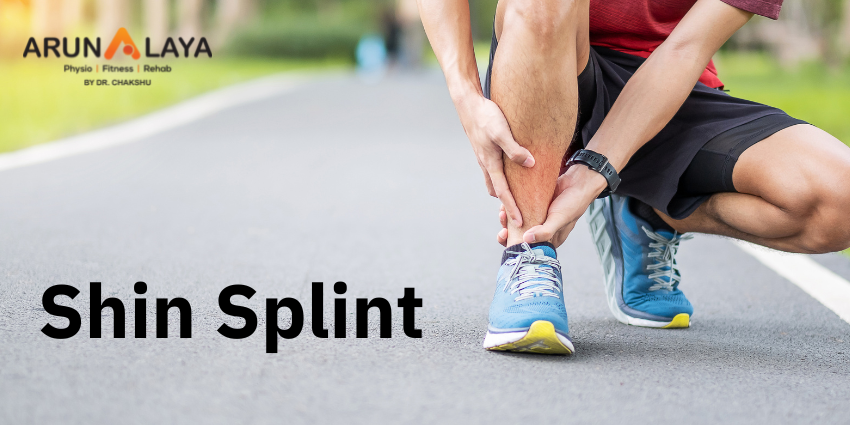DRY NEEDLING, What’s that?
DRY NEEDLING
Dry needling is an invasive procedure where a filamentous needle is inserted into the skin and muscle. It is aimed at myofascial trigger points which are hyperirritable spots in skeletal muscles that are associated with a hypersensitive palpable nodule in a taut band. It can be done on superficial fascia which is the topmost layer under skin, muscles, tendons and in the articular region to resolve pain and dysfunction. Dry needling is a new upcoming technique in the medical field and spreading at very fast pace because of its effectiveness. It is not at all same or similar as acupuncture. Acupuncture is part of traditional chinese medicine whereas dry needling is a western medicine technique. Dry needling works by changing the way your body senses pain(neurological effects) and by helping the body heal stubborn muscle spasm associated with trigger points (myofascial effects). Dry needling is a part of physiotherapy and it is very significant that the patient does his exercises for faster recovery.
The therapist will choose a length and thickness of needle appropriate for your condition and body size. The needle is inserted through the skin at appropriate place. A small pinprick is felt and depending on the type of technique chosen by the therapist, you may also feel a muscle ache and a muscle twitch. These are all normal and good sensations, and mean that you will experience good relief from your symptoms.
Generally there is no/very less risk involved with this technique if performed by a properly trained physiotherapist. You may have a little bruising around the needle side, same as after an injection but not always. There are no lasting side effects of dry needling. On rare occasions, people may feel very happy, tearful, sweaty or cold.
Dry needling can be useful in endless conditions including muscular, orthopaedic, neurological, sports, paediatric and women health as well. During pregnancy when there is no option left for pain relief, this is one of the best resort.
Though it can help in numerous diseases and conditions but to enumerate a few in sports and musculoskeletal conditions are osteoarthritis, frozen shoulder, back and neck pain (commonly known as sciatica and cervical), plantar fasciitis (heel pain), myofascial pain syndrome(1st stage of fibromyalgia), acute and chronic sports injuries, muscle and ligament strains and sprains, muscle, tendon and ligament repairs, tendonitis, foot or ankle conditions, Post-surgery rehabilitation, Aching and stiff joints and muscles, restriction in range of motion, vertigo, etc.
Small kids and adolescents suffering from Cerebral palsy, development delay, Developmental co-ordination disorder, Neuromuscular conditions, Acquired brain injury, and other musculoskeletal injuries can get a lot of improvement in their deformities.
People suffering from Stroke, Parkinson’s Disease, Multiple Sclerosis, Spinal Cord Injury, Neuromuscular Disorders, Guillain-Barre Syndrome, Chronic Inflammatory Demyelinating Polyneuropathy, Multifocal Motor Neuropathy, Inflammatory Myopathies, Muscular Dystrophies, Headaches etc. can improve their life.
The treatment given through dry needling can solve the tough, chronic problems with which the patient is suffering from. But don’t go to a novice as dry needling is a great technique which can do magic but only through a skilled therapist.
Wish you a Pain free life !!
Dr. Chakshu Bansal Kathuria
PhD(S)







